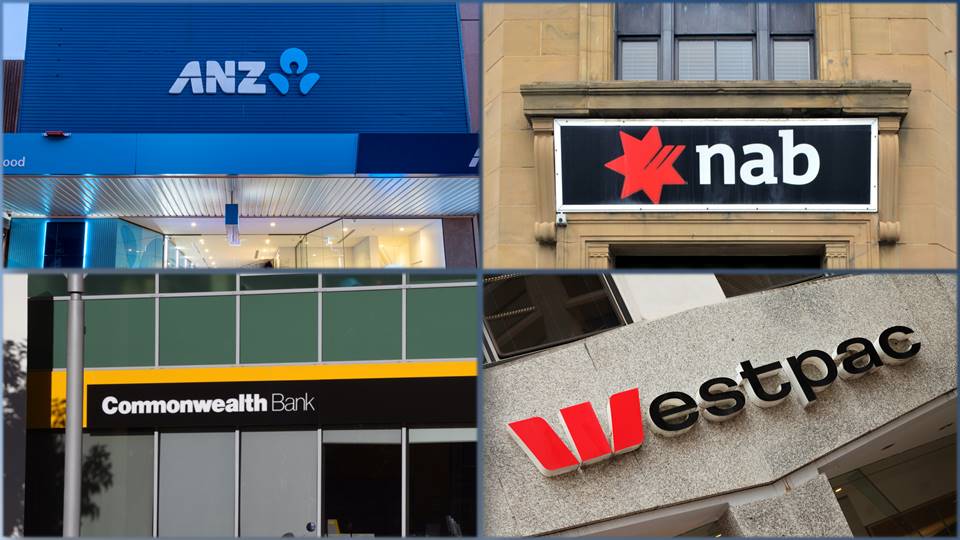
Australia’s four biggest banks — ANZ, CBA, NAB, and Westpac — decided to pass on the Reserve Bank of Australia’s first rate hike since 2010 to their borrowers.
All four banks increased their variable rates by 25bps and released their guidelines on how the rate changes would affect monthly repayments.
|
Bank |
Standard Variable Rate for Owner-Occupiers |
Effective date |
|
ANZ |
4.64% p.a. (P&I) 5.19% p.a. (IO) |
13 May 2022 |
|
CBA |
4.80% p.a. (P&I) 5.29% p.a. (IO) |
20 May 2022 |
|
NAB |
4.77% p.a. (P&I) 5.34% p.a. (IO) |
13 May 2022 |
|
Westpac* |
4.83% p.a. (P&I) 5.42% p.a (IO) |
17 May 2022 |
*No standard variable rates are indicated on Westpac’s website. The ones indicated above are the variable rates for its Rocket Repay product without package.
With the recent changes, ANZ offers the lowest standard variable rate among the big four.
ANZ
ANZ group executive for Australia retail Maile Carnegie said the bank has considered various factors when it decided to pass on the full rate hike to ensure that this would not create undue burden for its customers.
“While this change will impact customers in different ways, home loan customers are generally well placed to manage rising rates with around 70 per cent of accounts ahead on repayments – many of them by two years or more. Household and business deposits are also at record highs,” she said.
Ms Carnegie said the 25bps change will increase monthly repayments by as much as $57 on an average home loan of $450,000 for owner-occupiers paying principal and interest.
ANZ customers who are concerned about interest rates and their repayments are encouraged to visit any ANZ branch, visit the bank’s official site, or call 13 13 14.
CommBank
CommBank increased its standard reference variable rates for both owner-occupiers and investors in response to the RBA rate hike.
CBA group executive for retail banking Angus Sullivan said this is an important time to support customers who may not have experienced an interest rate increase since they took out their loans.
“We are here to help customers who have loans and are considering how repayments might change. Some options available to help our customers manage repayments include fixing or splitting loans or setting up an offset account,” he said.
Customers are encouraged to contact CBA’s Financial Assistance Solutions Team or use the CommBank app to connect with a specialist for concerns about the rate hike.
NAB
NAB group executive for personal banking Rachel Slade said the decision of the bank to pass on the full rate hike reflects the impacts of domestic and global factors.
“Interest rates have been very low for a long time – it has been 11 years since the official cash rate in Australia last increased and we know this will be a new experience for some customers,” she said.
With the rate hike, NAB owner-occupier borrowers paying principal and interest on a 30-year $400,000 mortgage would need to shell out $57 more monthly on repayments.
“We will look after our customers if they find changes to interest rates challenging. And many of our customers will have questions about how any changes will impact them,” Ms Slade said.
Further queries about NAB’s rate hike can be coursed through NAB Assist on 1800 701 599.
Westpac
Westpac chief executive for consumer and business banking Chris de Bruin said the rate increase would not have that much of an impact due to the built-up savings customers made during the pandemic.
“We know many of our customers were able to build-up their savings during the pandemic and 70 per cent of home loan customers are ahead on their repayments, helping put them in a better position to withstand an interest rate rise,” he said.
“We are also increasing interest rates on some of our most popular products for savers, which will provide some relief following a period of record low interest rates.”
Troubled customers are encouraged to reach out to Westpac Customer Care on 132 032 or Westpac Customer Assist for personalised support on 1800 067 497.
Should borrowers be worried?
CoreLogic research director Tim Lawless said the impact on rates on housing market will depend on how high and how fast they would rise.
However, given the lowest unemployment rate since the mid-1970s and the expected higher income growth, the shock might not be as significant for borrowers.
“Additionally, as we enter a period of higher interest rates, borrowers are generally well ahead of their mortgage repayments — with the median household well ahead of their mortgage repayment schedule, the risk of households falling behind on their mortgage is reduced.” he said.
The mortgage serviceability assessments at the time of the loan origination will also help minimise mortgage distress.
Since October last year, borrowers were being assessed at mortgage rates of 3 percentage points higher.
“Under these serviceability scenarios, borrowers should be able to accommodate higher mortgage repayments costs, although such a rapid rate of inflation could create some challenges for borrowers with thinly stretched budgets,” Mr Lawless said.



Share